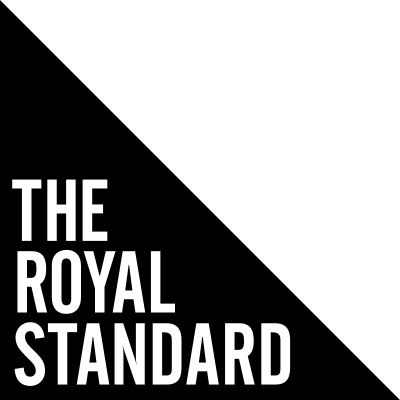An Inquest Concerning Teeth: Gestural Eating
We kicked off August with an extra iteration of ‘An Inquest Concerning Teeth’ at Knowsley Flower show.
An Inquest Concerning Teeth: Gestural Eating was a communal dining experience where we invited participants to contribute to the curation of the food and to leave their mark on the linen tablecloths like paint on canvas through interaction and consumption. The stained tablecloths will be exhibited in our gallery space at our exhibition ‘Leftovers’ on the 13th September as collaborative paintings.
The name Gestural Eating references an approach to painting where the physical movements of the body are reflected in the artwork and the artist moves through the creation of the work intuitively. When we prepare food and eat we leave traces of our body all over the kitchen counter and plate in the form of stains, crumbs, and offcuts. As a collective we interacted intuitively with the food, instinctively making marks with our gestures.
The menu was a culmination of seasonal ingredients, particularly those that offer vibrant colours, purchased from local, independently owned businesses that neighbour TRS. The food also seeks to represent these communities through traditional recipes and flavours whilst drawing attention to the migratory vegetables that are cultivated in lands distant from their origins and what they tell us about ourselves and our histories.
Heavy Digestations prepares dishes that were once or still are referred to as peasant food which usually means at one time the ingredients were abundant and affordable to start conversations about food trends, slow food, sustainability, and class. For AICT: Gestural Eating they served Ikra which is a Ukrainian dish referred to as Eggplant Caviar or Poor Man's Caviar, Green Sauce which is a French influenced British sauce consisting mainly of fresh herbs, Beetroot Hummus in support of the wonderful Middle Eastern supermarkets in Toxteth, and other dishes that use seasonal ingredients blended with flavours that demonstrate the diversity of our communities and the influence we have on each other.
Forks made from bread were modelled after traditional bread forks and used by participants as edible utensils and paint brushes. Sumac, turmeric, and wheatgrass in their powdered forms where provided for sprinkling. Purple carrots, supplied for eating, became crayons used for drawing. Our participants came in all ages and approached the workshop with mischief and playfulness. While swiping globs of different colour dips in directions that created patterns and images we spoke about slow food, seasonal produce, and what constitutes as art. We appreciated everyones openness and willingness to dig into the food and the workshop with absolute abandon.








